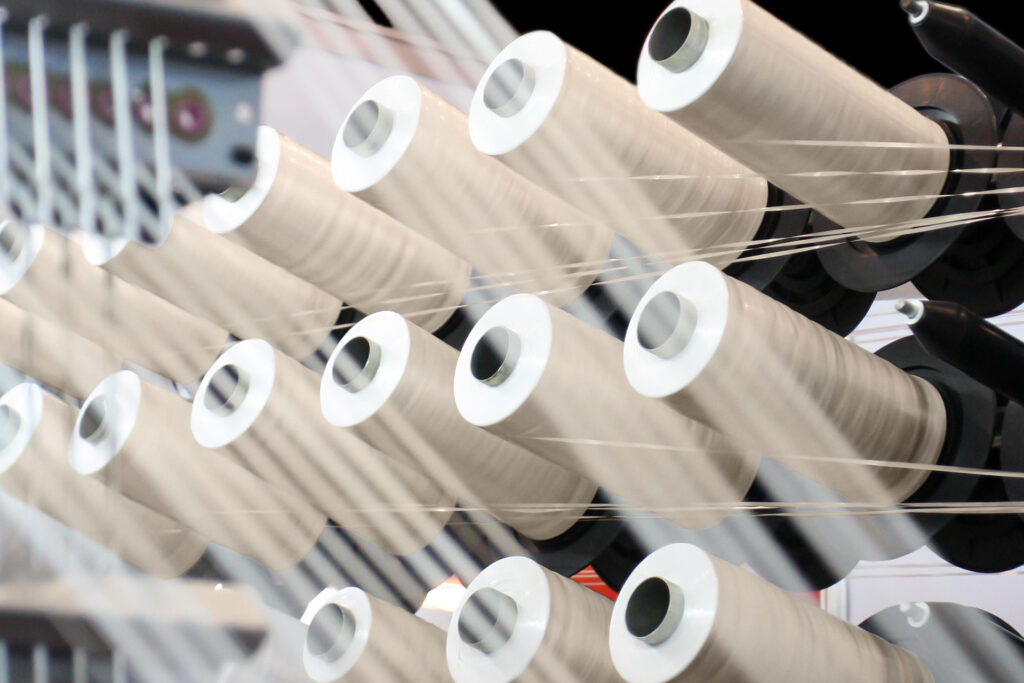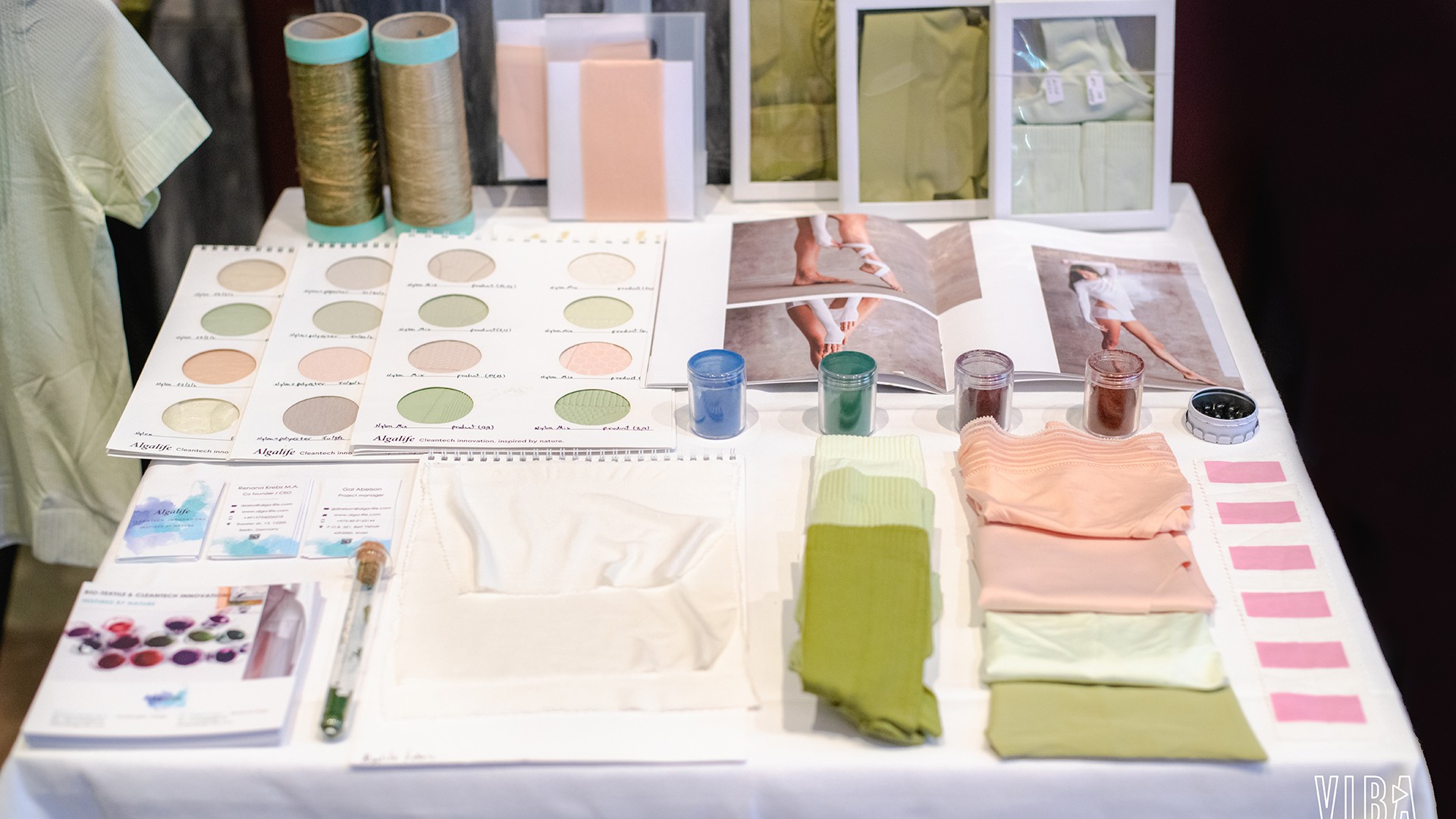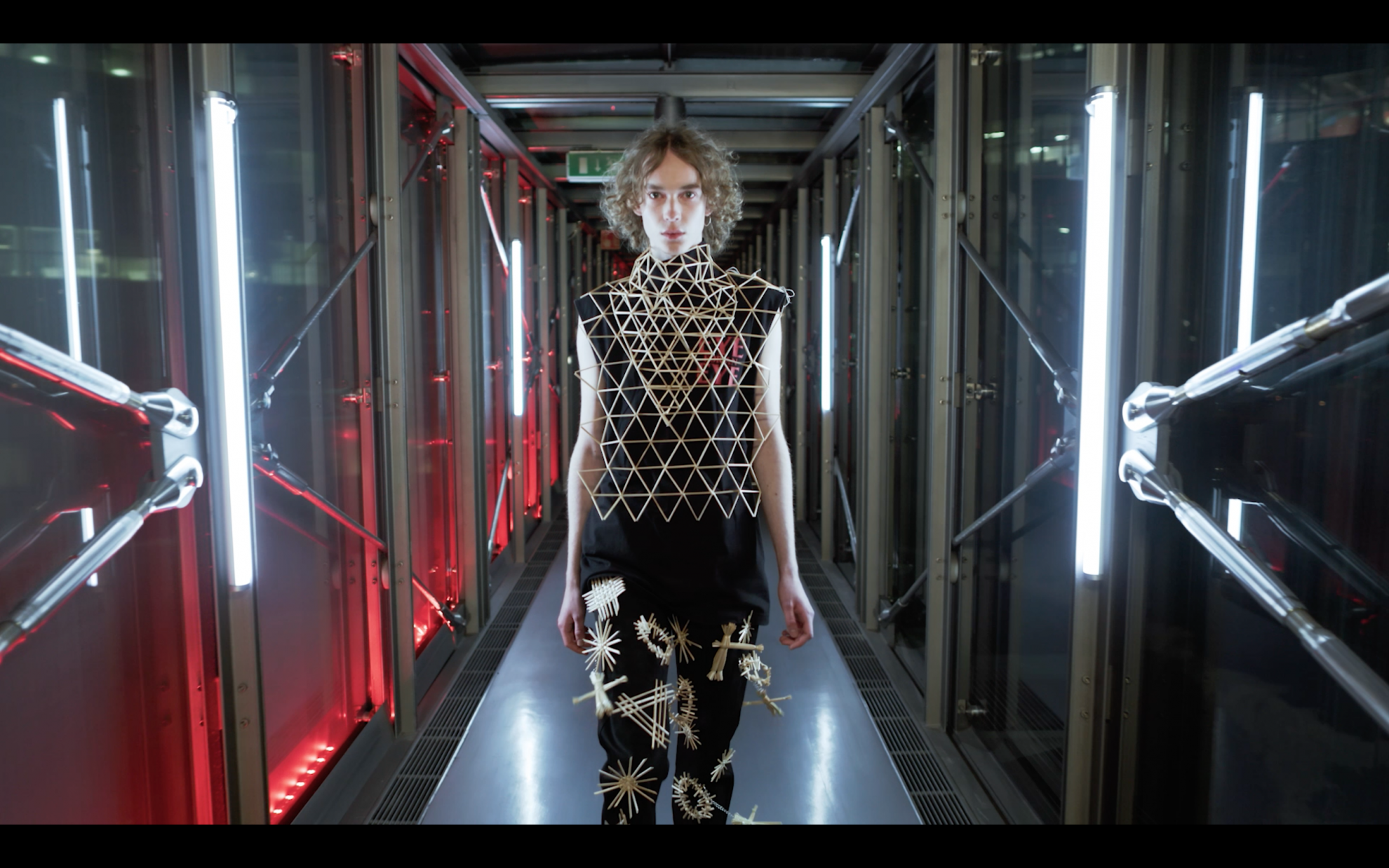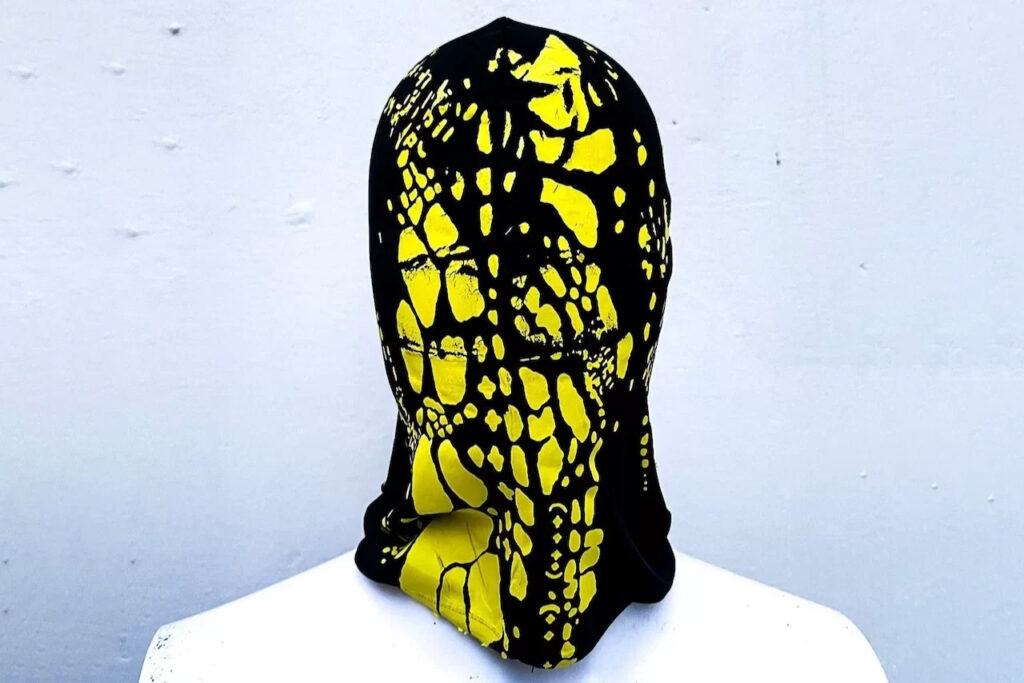Technology has infiltrated every aspect of our daily life and, the fashion industry is no exception.
We see artificially crafted patterns and a smart production processes of garments. However, the biggest transformation hasn’t yet been 100% achieved. We’re talking about using technology to create bio-fashion. The shift is already in motion, many are already committed to creating a more sustainable future. We see local eco-fashion labels, but what about change on a larger scale? Why should we see more ecocentric fashion and, how?
As we witness more innovations in the supply chain, we also observe a lower negative impact of the fashion industry on the environment. The first steps being followed by environmental trailblazers in the industry seem simple enough: avoid using animal-based materials and keep in mind the impact of the production chain on the environment. Now, this may already be taking place, but unfortunately it is not enough. Luckily thought, since we’re moving towards the tech age, new technologies have found their way to the workshops.
Recent developments in material technology are helping boost the reality of this eco-conscious movement. Brands continue to investigate and further delve into eco production process and usage of bio-materials, as well as nature-inspired sketches in the designs. We have a pretty good guess of what the future holds for us: biotechnology-affected or bio-influenced sustainable materials will be the core, the base, and the consciousness of new eco-fashion.

Source: Labiotech, AMSilk’s spider silk fiber
We are increasingly seeing significant successful attempts to give way to the next era of fabrics technology. It has been rather hope inducing to look into some of the companies that are making strides in this area. And since sharing is caring, and what could be more lovely than sharing our hope with you… Here are a few of our favourtie current trailblazers in the eco-production of fabrics!
AMSilk
Based in Germany, biosilk supplier AMSilk explores the texture of the fabric and took inspiration from nature. They mimic the properties of spider silk with genetically engineered bacteria. These fibres can be used to make anything from watch straps to biodegradable sneakers.

Source: Bundespreis
Algalife
Besides the issue of fabrics, the actual production process also plays a significant role in achieving sustainable fashion goals. German-Israeli firm Algalife has another source it is trying out: algae. The are operate with a closed-loop system with zero waste, as algae only need sunlight and water to grow. This production method is not only eco-friendly, but also the products are chemical-free and hypoallergenic. Life started in the water and, that same water can construct our future.

Source: Innovation in Textiles
Spinnova
Another important innovation in the area of biomaterials came from the brilliant minds in Spinnova, and they included mechanics in the fibre manufacturing process. They also take inspiration from spider silk. However, instead of using bacteria, they manage to transform wood into a textile fibre without using any harmful chemicals. Fibre is 100% wood and can be used multiple times without losing quality. This technique might be a milestone in the material technology and sustainable fashion movement.
Ekroth
Ekroth also has a revolutionary idea on sustainable fabrics. This fabric is called “Bio2”, a flawless name for a solid creation. They decided to experiment with straw, an agro-residue that is normally discarded or burned to get rid of. When burned, straw causes enormous air pollution. With this new technique, it can be upcycled as textile, and emission of air pollutants can be eliminated. It is like having your cake and eating it too!

Source: Scandinavian Mind
Even though the world is still in the very earl stages of the sustainable fashion trend, if we don’t commit ourselves soon enough, we might lose our chance to do so. The efforts that we mentioned are more than simply alternatives in this innovation process: they are an absolute necessity for the advancement of technology in material science. As Jens Klein, CEO of AMSilk mentioned, there hasn’t really been any new materials in textile in decades. The time has come, to make a change in our understanding of textiles, fabrics, and all the materials.
Fashion always has a transformative effect on how we see the world. It is not only a matter of how you dress, or how stylish you are, it can also liberate us. Now it is our time to liberate fashion from its bonds. Let’s break our perceptions on fabrics and textures, and let fashion enter the cocoon, only to blossom in a form of sustainable, bio-fashion. Do we have the courage? You bet we do.













